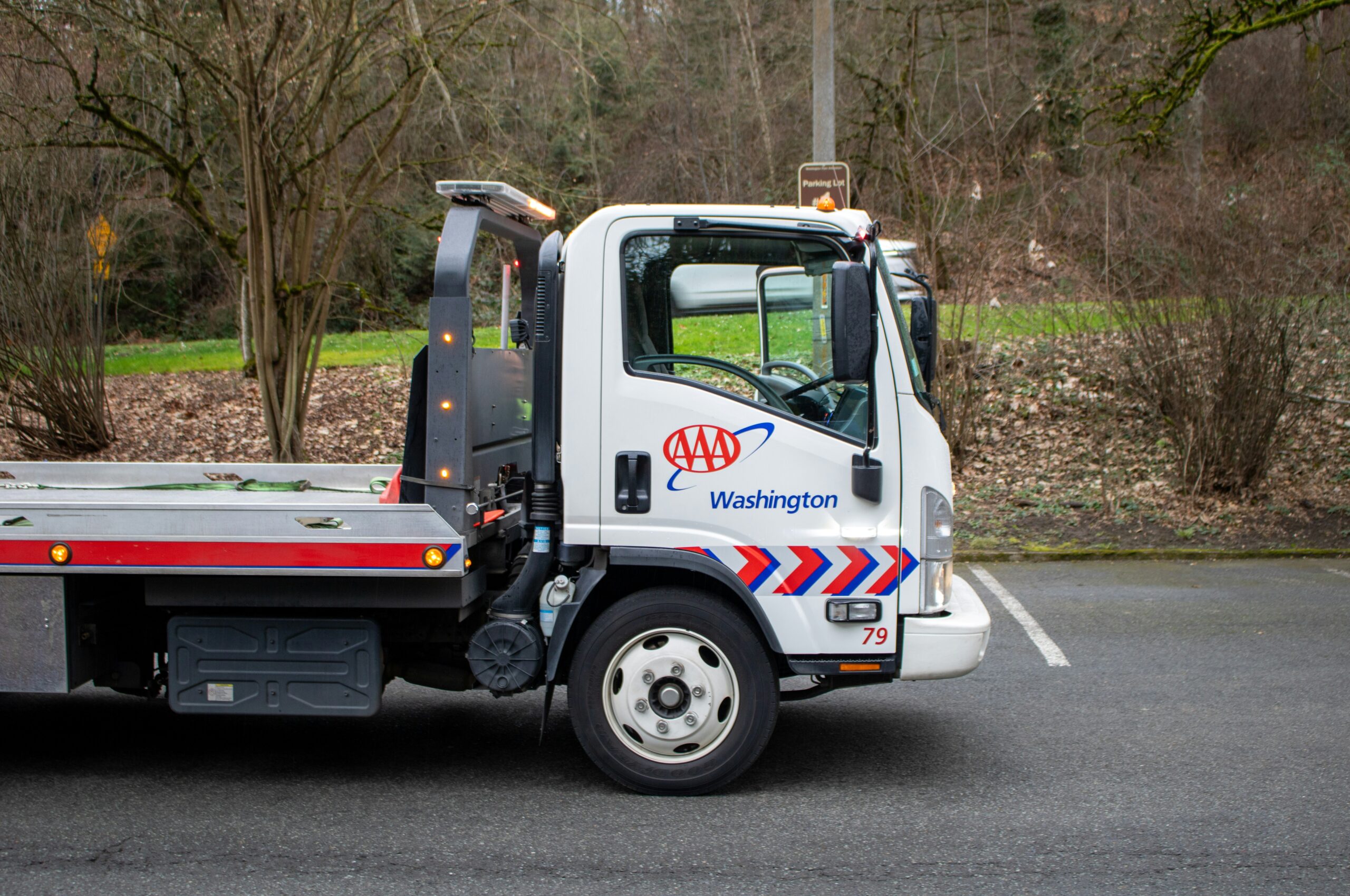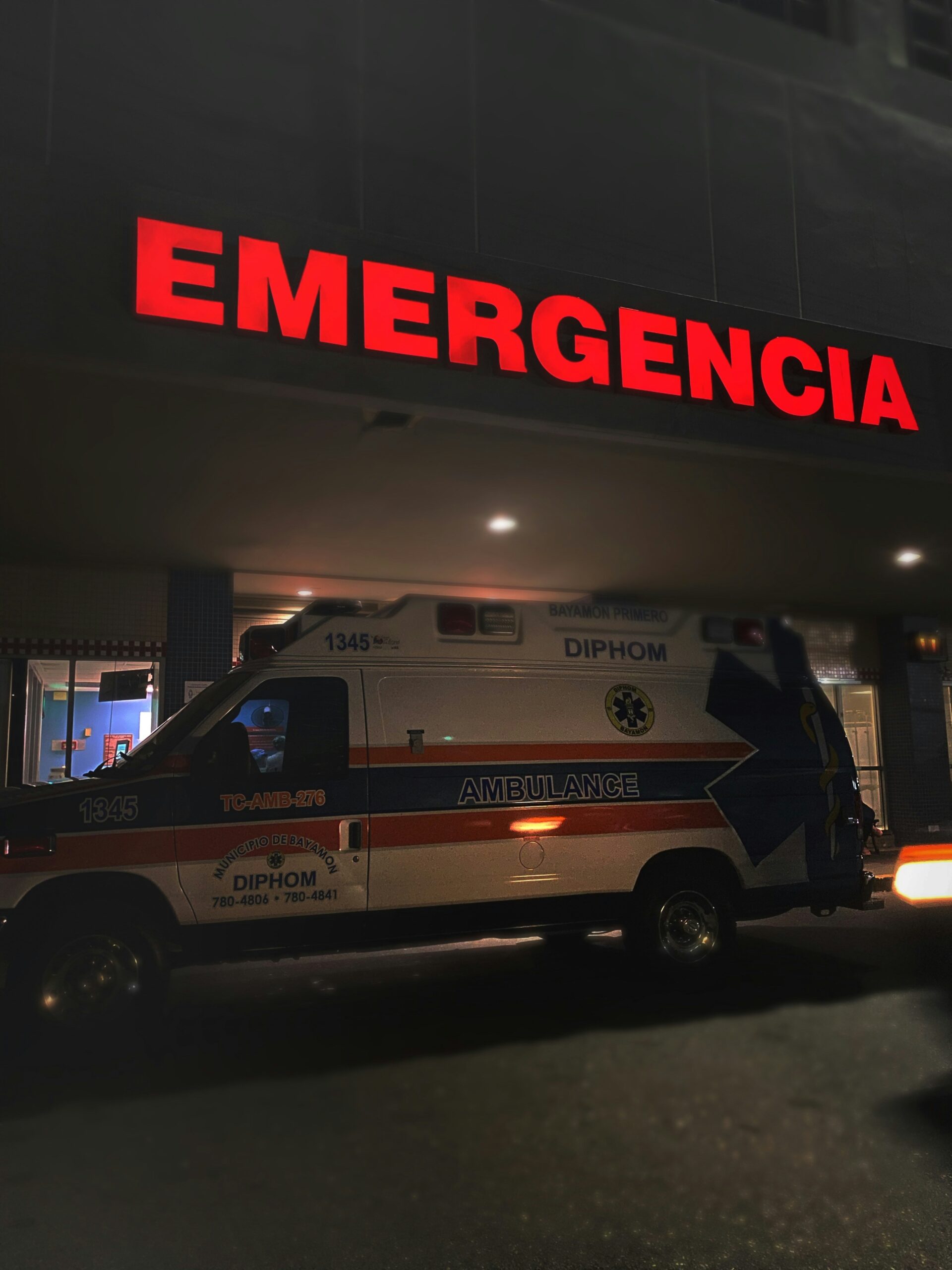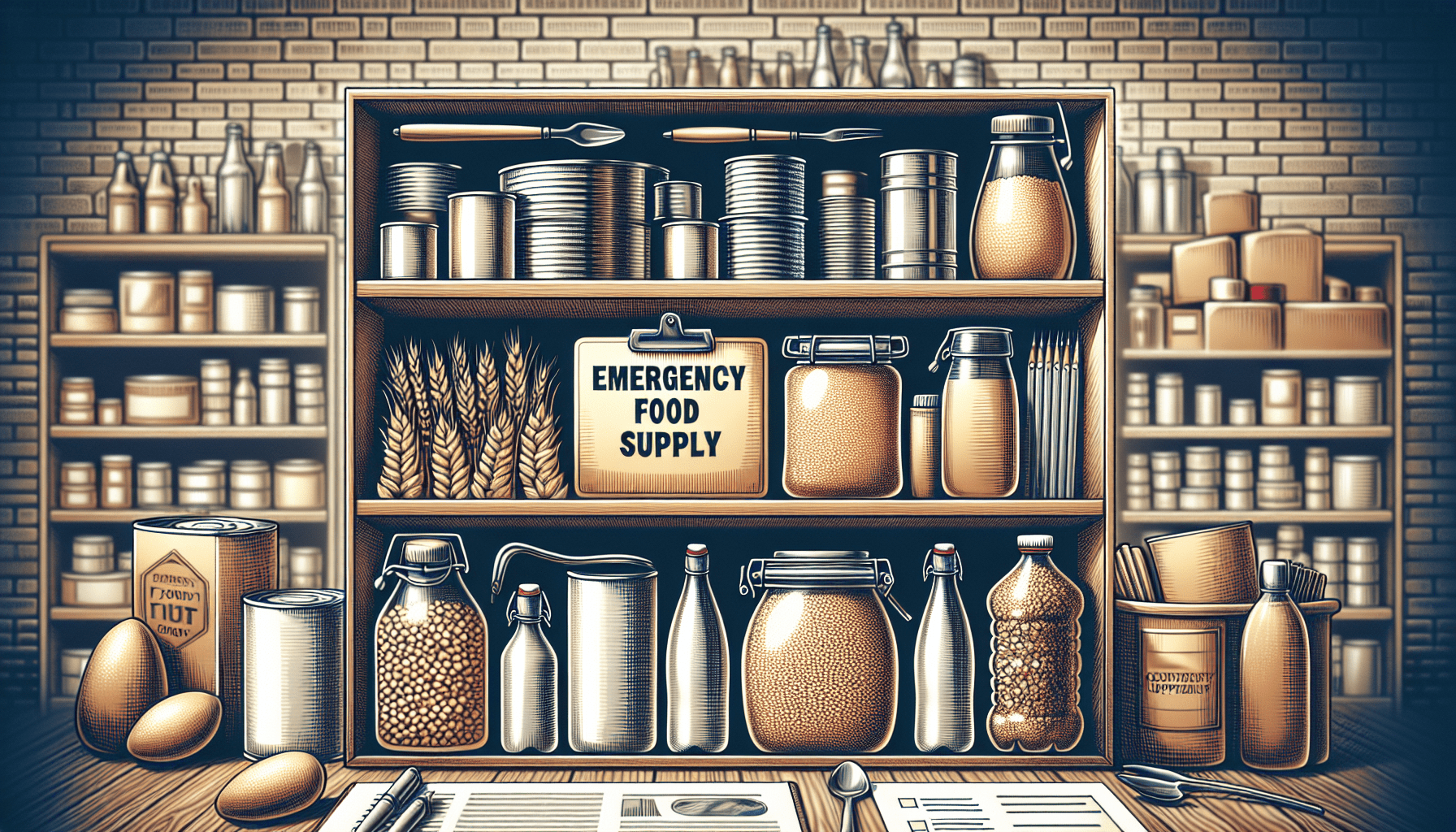Have you ever wondered how often you should check and update your emergency food supply? It’s a common question, especially for those new to emergency preparedness or even for seasoned preppers aiming to maintain a reliable stockpile. Maintaining an up-to-date emergency food supply is an essential, yet often overlooked, aspect of being prepared for unforeseen situations. Whether it’s a natural disaster, an unexpected financial hardship, or any situation causing supply chain disruptions, having a stockpile of food that’s fresh, nutritious, and ready to consume can make a world of difference.
Understanding the Importance of an Emergency Food Supply
Your emergency food supply is more than just a backup plan; it’s a safety net to provide nourishment and peace of mind during uncertain times. In emergencies, having enough food isn’t just about calories, it’s also about maintaining your health and energy levels. Therefore, making sure your food supply is both sufficient and in good condition is crucial.
What Constitutes an Emergency Food Supply
An emergency food supply is a collection of food items specifically set aside to sustain you and your family in emergencies when regular food sources may not be available. Typically, this stash should include non-perishable items like canned goods, dried foods, and specially packaged emergency rations. It’s essential not to overlook factors like dietary restrictions, nutritional value, and ease of preparation when choosing items for your supply.
Why Regular Checks Are Necessary
Food items don’t last forever, and their shelf life can be affected by various conditions such as temperature and humidity. Regular checks ensure that all items are safe to eat, remain nutritious, and are in sufficient quantity. This proactive approach prevents food wastage and ensures that you are prepared for any potential emergency.

How Often Should You Check and Update Your Emergency Food Supply?
While it might be tempting to store your emergency food supply and forget about it until it’s needed, regular maintenance is key to ensuring its efficacy. But what exactly does “regular” mean in this context?
Frequency of Checks
A routine check of your emergency food supply should be done at least twice a year. Align these checks with clock changes during daylight saving time as a convenient reminder. During these checks, inspect the expiration dates, check for signs of spoilage, and ensure packaging is intact and uncompromised.
Adjusting Your Plan Based on Need
Your personal circumstances might require more frequent checks. If your emergency plan includes infants, seniors, or individuals with specific dietary needs, more regular updates might be necessary. Your stockpile should evolve with your family’s changing nutritional needs and preferences to maintain its effectiveness.

The Process of Checking Your Emergency Food Supply
Regular inspections are essential for maintaining a useful and safe emergency stockpile. Let’s walk through the process you should follow when checking your supplies.
Inspecting Expiration Dates
The first step is to examine expiration dates on all items. Rotate out any food nearing its expiration date into your regular food supply to prevent waste. Create a list or spreadsheet for easy reference to see what needs to be consumed sooner rather than later.
Checking for Signs of Spoilage
Even if the expiration date is still a while away, physical signs of spoilage may appear due to improper storage. Look for bloated cans, leaks, strange smells, or discoloration. These are indicators of spoiled food that need to be removed to keep the rest of your supply safe.
Ensuring Proper Storage Conditions
Ideal storage conditions greatly impact the shelf life of your food items. Store your emergency supply in a cool, dry place, avoiding areas subject to extreme temperatures or humidity fluctuations. Make adjustments if you notice changes in storage conditions.
Verifying Quantity
Ensure your supply is sufficient for your household’s needs, considering the amount of food necessary for each person over a given period. Standard advice typically suggests at least a three-day supply per person, but a two-week reserve is preferable in some situations.

How to Update Your Emergency Food Supply
Updating your supply isn’t just about adding more food; it’s also about making strategic choices to ensure that your emergency pantry is balanced, nutritious, and tasty enough for prolonged consumption.
Choosing the Right Foods
When updating your inventory, consider diverse food groups: proteins, carbohydrates, fruits, and vegetables. Incorporating freeze-dried foods or meals-ready-to-eat (MREs) can add variety and extend your food supply lifespan. Prioritize foods that require minimal preparation.
Add Fresh Items
Consider keeping some fresh items, if your emergency supply area caters to it, to enhance nutritive value. For example, nuts, seeds, honey, or small amounts of vacuum-sealed coffee or tea may boost morale during prolonged emergency situations.
Keep Up with Dietary Changes
Family dietary requirements may change over time, whether due to health conditions, allergies, or personal preferences. Keeping an updated list of these needs will help tailor your food supply, ensuring everyone is accounted for.
Incorporating Comfort Foods
Don’t underestimate the power of a morale boost! Including comfort foods like chocolate or favorite snacks can make difficult times feel less harsh. These items should be stored in moderation but should not be completely omitted.
Sustainable Practices
Practice sustainable choices such as incorporating home-canned goods or dehydrating fruits and vegetables yourself. These practices not only offer financial savings but also provide a personal assurance of the method of preservation and ingredient selection.

Final Tips for Maintaining Your Emergency Food Supply
Maintaining an emergency food supply doesn’t have to be daunting. With some attention to detail and regular planning, you can create a robust stockpile ready for any crisis.
Record-Keeping
Keep a detailed inventory. Whether digitally or on paper, a regularly updated record offers quick insight into what you have, what you need, and what is nearing its expiration.
Community Swap Events
Consider participating in community swap events where you can exchange items nearing expiration with others, thus minimizing waste and preserving your investment in your emergency kit.
Involve the Family
Involving the entire household not only spreads the workload but also ensures everyone is familiar with the emergency plans and food supply locations, reducing stress in actual emergencies.
Regular Drills
Practice accessing and utilizing your emergency supplies in drills. This preparation can make the difference between managing a crisis smoothly or facing unnecessary hurdles.
By routinely checking and updating your emergency food supply, you’re not merely safeguarding against future uncertainty, you’re actively ensuring the well-being and peace of mind of you and your loved ones. Remember, in times of crisis, preparedness is more than half the battle won.


